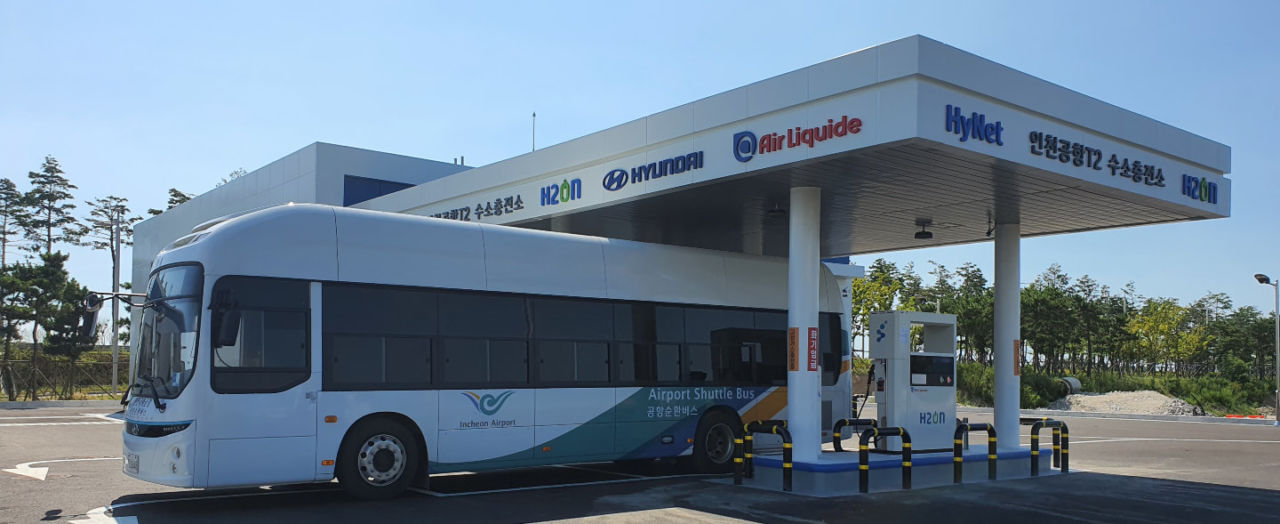Air Liquide, Lotte Chemical form JV for South Korean hydrogen economy

Air Liquide Korea and Lotte Chemical have entered a joint venture to scale up the hydrogen supply chain for mobility markets in South Korea. The companies will co-invest through the joint venture in a new generation of large-scale hydrogen filling centres in Daesan and Ulsan.
Supported by a strong political commitment, implemented through its “Hydrogen Economy Roadmap”, South Korea is a frontrunner in the shift towards a hydrogen economy and clean mobility. The demand for hydrogen dedicated to mobility in South Korea is expected to reach 100 tonnes per day by 2025 and over 1,000 tonnes per day by 2030.
Combining Air Liquide’s expertise in design, manufacturing and operation of key hydrogen technologies – including hydrogen conditioning and distribution, and hydrogen refuelling stations – and Lotte Chemical’s access to large quantities of hydrogen, this alliance will see sites serving the Seoul metropolitan area and Gyeonggi province in the Northwest, and Ulsan/Daegu/Busan metropolitan areas and Gyeongsang provinces in the southeast.
The joint venture will be established with Air Liquide Korea and Lotte Chemical investing 60% and 40% in this entity respectively. Through this, Air Liquide and Lotte Chemical also expect multiple synergies and envision the development of several opportunities to foster the rise of the hydrogen economy in Korea.
François Abrial, Member of the Air Liquide Group’s Executive Committee supervising Asia Pacific, said, “We are pleased to enter into this strategic alliance with Lotte Chemical, a major industrial player, to join forces and accelerate the development of the hydrogen sector in South Korea.
Air Liquide is committed to actively contribute and invest across the entire hydrogen chain, from production to storage, as well as distribution and application developments for end usages. In line with its sustainability objectives, which include reaching carbon neutrality by 2050, Air Liquide’s ambition is to contribute actively to the emergence of a low-carbon society.”